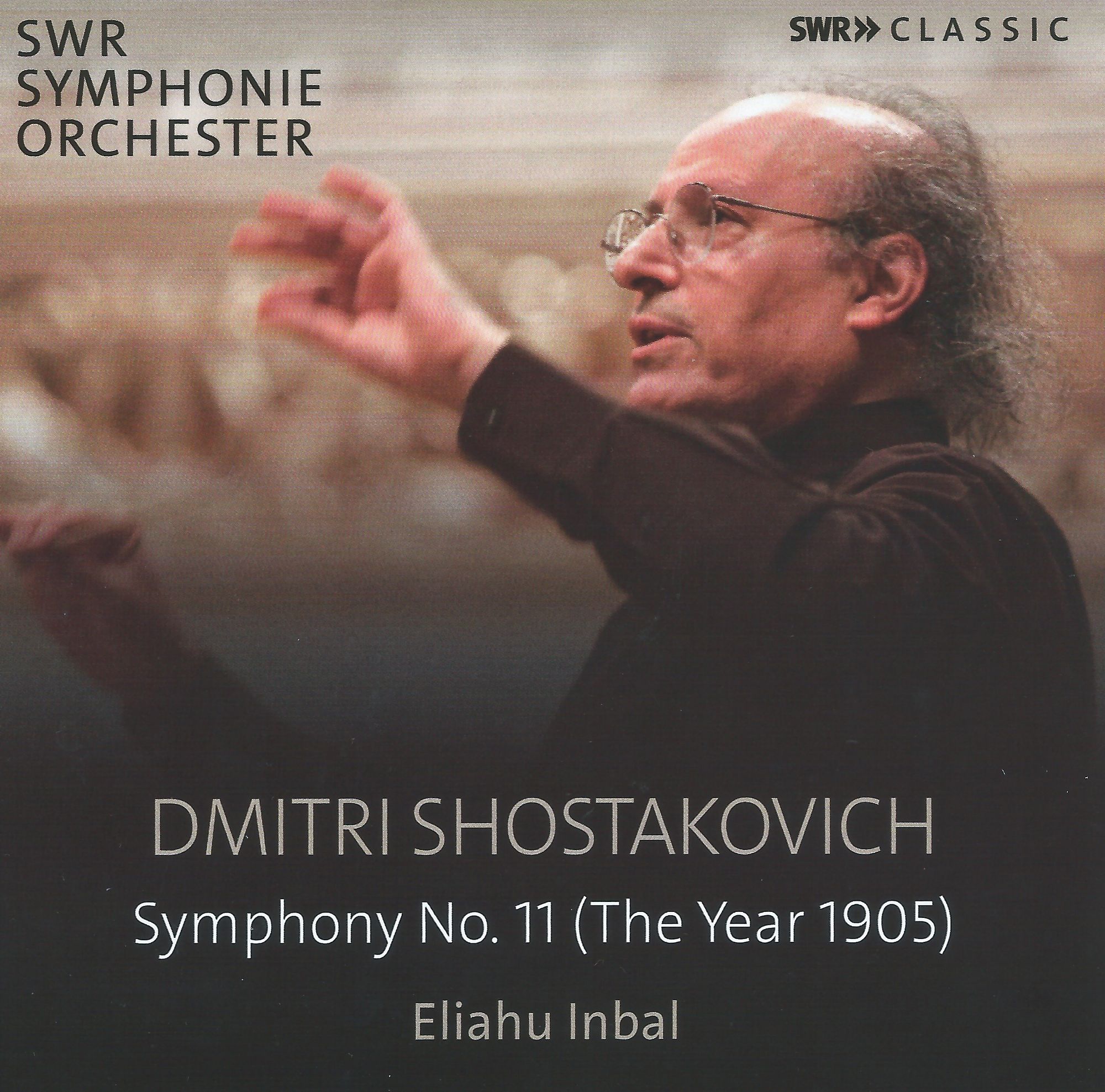Shostakovich's Eleventh Symphony: a plea for reappraisal
Shostakovich's Eleventh Symphony is such a rewarding score, fully deserving of our attention

Some of Shostakovich's symphonies seem decidedly under-appreciated. The Fifth of course, remains a repertoire staple; the First and Ninth, too retain audiences' affections, while the magnificent 13th, "Babi Yar," plus the Seventh, Eighth and (occasionally) Fifteenth Symphonies get outings when budgets allow. But what of the buried symphonies? Those that nestle in between the cracks?
Shostakovich's Eleventh Symphony, "The Year 1905" seems to have been given a particularly bad rap; the major criticism against it seems to be that it is "filmic". There is no denying that Shostakoovich's work in cinema impacted on it, but actually in a positive way as it is but one element of the symphony. Shostakovich also quotes a number of workmens' melodies.
The subtitle refers to the 1905 Russian Revolution, and each movement has an individual headingl We start with "The Palace Square," its frozen opening reflecting the tense quiet of the square on the morning of Bloody Sunday, when when demonstrators were fired upon by soldiers of the Imperial Guard as they marched towards the Winter Palace to present a petition to Tsar Nicholas II. The first two of the folksongs of the piece are heard in this opening portrayal of awakening stasis. Timpani tap out a quiet military tattoo, presaging the events of the second movement. Here it is in the new performance by the South West German Radio Symphony Orchestra under Eliahu Inbal:
Inbal's performance is a finely disciplined one but not quite as atmospheric as this stunning live Rostropovich performance with the London Symphony Orchestra (a performance I was privileged - the mot juste - to attend in person, and a performance that is streets ahead of Rostropovich's Teldec recording):
Inbal's forces aren't quite as visceral as the LSO in the second movement, "9th January," either. Material from Shostakovich's own Choral Poems on Revolutionary Texts informs this panel, a sonic spectacular, deliberately disconbolulating in its unstoppable momentum as a depiction of Bloody Sunday at the Winter Palace. It is a virtuoso piece for orchestra, and how the SWR orchestra embraces it:
... but again, Rostropovich takes what Inbal has and piles layer upon layer of excitement:
A Revolutionary funeral march is the basis for the third movement lament, "Eternal Memory" which rises to a sweeping melody:
The finale is marked. "Tocsin"; a warning of the events of the "October Revolution," which were to form the basis of the Twelfth Symphony. March-like material takes on a terrifying onward trajectory, and while Inbal occaisonally sags, Rostropovich is utterly unforgettable throughout (and how his cor anglais player sings in a way Inbal's can't match):
Shostakovich's Eleventh Symphony is such a rewarding score, fully deserving of our attention. Gestural, yes (there's that filmic accusation) but undeniably gripping in its vibrant, disturbing narrative. By now you know that my affinities lie squarely with Rostropovich/LSO on this one, but Inbal's timely arrival nrings this work back into our attention.
Twitter image © Deutsche Fotothek.
